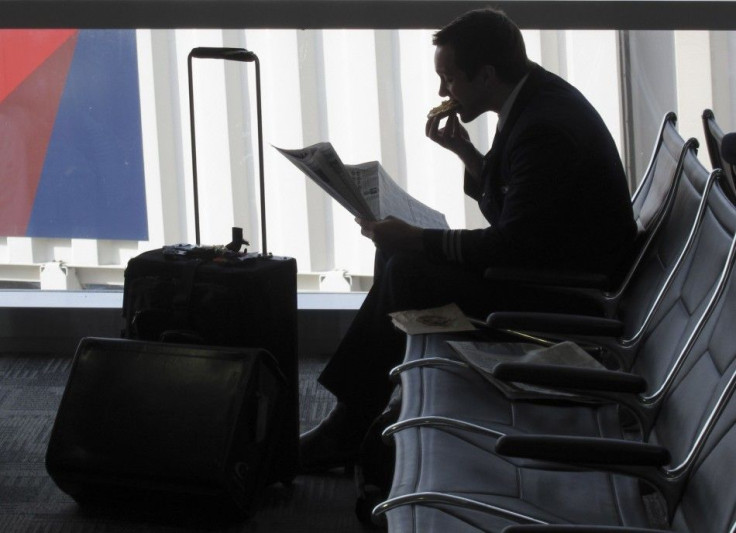Business Travelers: Here’s Where Costs Will Increase In 2013

If you’re planning a work trip to Brazil, Russia or India, you may want to take it sooner than later. According to a new American Express Global Business Travel survey, prices are going up in three of the four BRIC countries as China, North America and Western Europe remain stagnant.
Taken together, the 2013 forecast finds that prices globally will increase only modestly.
“We are expecting a dynamic landscape for business travel in 2013, with prices likely rising to reflect companies’ interest in doing business in growing economies such as Brazil, India and Russia but staying flat or even declining in those markets where growth is stagnant,” said Hervé Sedky, senior VP and general manager of global business partnerships and premium services for American Express Global Business Travel.
Business travel climbed in 2010 and 2011 after a dramatic slump during the U.S. economic recession. Now, spending appears to be lagging again in some regions over slower growth in China and anxiety over Europe.
In North America, steady trip demand and capacity discipline is expected to drive moderate increases in business-class airfares by 1 to 3 percent, according to the 2013 Global Business Travel Forecast. Economy airfares will vary with short-haul routes rising 2 to 4 percent and long-haul routes staying flat. North America also expects moderate occupancy growth at hotels of 2 to 7 percent for mid-range and 4 to 9 percent in upper-range accommodation. Increased competition for car-rentals should drive those prices down, though ancillary fees could rise and negate the savings.
Latin America -- in particular Argentina and Brazil -- is expected to see much larger increases due to consolidation of regional carriers, strong economies and consistent demand. American Express Global Business Travel estimates short-haul economy fares to rise 7 to 10 percent, long-haul economy fares to rise 5 to 9 percent, short-haul business fares to rise 3 to 6 percent and long-haul business fares to rise 4 to 7 percent. Hotels will also see rate increases in the mid single digits.
Things are not so rosy across the Atlantic. The currency crisis surrounding the euro and austerity measures mean only low single-digit airfare increases with some of the hardest hit markets like Spain seeing large decreases, particularly on long-haul flights. Hotels, too, will see little expansion and only conservative increases in corporate rates, despite relatively constant hotel capacity. Car rental prices will also remain flat given the current anxieties and plethora of transport alternatives on the continent. Bucking the trend, however, are Russia and Poland, which are distanced from the euro zone troubles and expect large increases in all areas of business travel in 2013.
In Asia-Pacific, India is expected to have the largest fare increases in the region at 8 percent, largely due to the current volatility of the domestic air industry. Prices in China, meanwhile, will likely remain flat to slightly down overall as the high-speed rail competes with air and land alternatives for both business and economy travelers.
Business travel is often seen as a barometer for predicting economic growth, and the annual American Express survey is meant to help companies understand where in the world they will likely see price increases and by how much so they can make informed decisions.
© Copyright IBTimes 2025. All rights reserved.






















